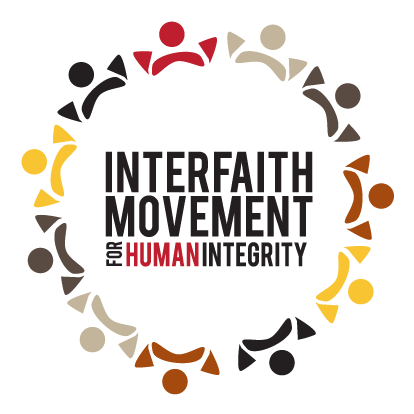What are local Sanctuary Covenants promising to do?
Here is the sample covenant that St. John’s Presbyterian, Berkeley has adopted, October, 2014:
Scroll down to see other Covenants used in the history of Sanctuary:
AN INTERFAITH COVENANT OF SANCTUARY
“To Protect, Defend and Advocate”
The woman conceived and bore a son; and when she saw that he was a fine baby, she hid him three months. 3When she could hide him no longer she got a papyrus basket for him, and plastered it with bitumen and pitch; she put the child in it and placed it among the reeds on the bank of the river.
(Exodus 2:2-4)
Worship Allah and associate nothing with Him, and to parents do good, and to relatives, orphans, the needy, the near neighbor, the neighbor farther away, the companion at your side, the traveler, and those whom your right hands possess. Indeed, Allah does not like those who are self-deluding and boastful.
(An Nisa 4:36-42)
I was hungry and you gave me food, I was thirsty and you gave me drink,
I was a stranger and you welcomed me….
Truly I say to you, as you did it to one of the least of these you did it to me.”
(Matthew 25:35 & 40)
As people of faith, we reaffirm our love and commitment to welcome the stranger, the refugee, the dispossessed in our midst. Today, we are faced with a new context of those seeking protection in our communities and houses of worship. There are mothers sending their children into the river, not the Nile like Moses, but the Rio Grande, in hope that they might escape violence. Children have come seeking safety and to be reunified with their parents and family. If we found Moses in the water, what would we do? If Mary and Joseph fled to the United States to escape violence at home, what would we do? They seek protection from violence, economic desperation and our policies of deportation seeking to return them to harm. They seek safety and unification with loved ones.
There are many complex reasons and root causes to the violence and poverty in Central America forcing people to flee: history of wars and U.S. military intervention in the region; economic and free trade policies leaving few options for farmers, work and economic survival; US drug policy; corruption and failed political institutions; impunity and exploitation of narcotraffickers and gangs. Even as we seek to understand more deeply the cause of violence and poverty in Central America, we know for a fact that the violence is real and that thousands of children and families have fled Central America for their lives.
We are called to embrace the increasing number of Central American children and their families who have fled for their lives, many of whom are being held in detention by ICE or facing deportation proceedings. We are called to see them as God’s children, and meet them with love, compassion, truth and justice. We are called to accompany and protect them from violence and harm. As we join in compassionate relationship with real people with real stories, we believe God will guide us with wisdom to discern and courage to confront the systemic social, economic and political causes which have led to this exodus.
In the 1980s, people of faith stood with the thousands of displaced Central American refugees. We called our modern day underground railroad Sanctuary – a public, corporate stance to protect, defend and advocate for Central American refugees.
Today, we renew our covenant of Sanctuary to protect, defend and advocate for the children and their families who are fleeing for their lives to our nation. As individual congregations we join together with other congregations to bear witness and stand in solidarity with today’s refugees. We pledge the following:
1. We will stand in solidarity with an immigrant child and/or family and seek to help in any way we can:
2. We will pray for and extend the healing grace and love of God for the trauma that led them here, and seek to help them avoid further trauma.
3. We may help with food, shelter, clothing or employment opportunities.
4. We seek to help and accompany them through the immigration and asylum legal process. We will seek to help them find a safe and legal home here in the US or abroad.
5. If need be, we will offer sanctuary and protection from deportation in our houses of worship.
6. We will join with refuges to advocate for policy changes and immigration reforms that support protection of human life and family unity; and that address the root causes of the violence and the exodus from Central America.
Other info on Sanctuary 2014, including declarations and toolkit can be found here:
www.sanctuary2014.org
________________
Historic Sanctuary Covenants of East Bay Sanctuary Covenant Members from the 1980’s: Jewish, Buddhist, Christian versions

![photo+3[1]](https://www.im4humanintegrity.org/wp-content/uploads/2016/01/photo31.jpg)
![photo+1[1]](https://www.im4humanintegrity.org/wp-content/uploads/2016/01/photo11.jpg)
![photo+5[1]](https://www.im4humanintegrity.org/wp-content/uploads/2016/01/photo51.jpg)